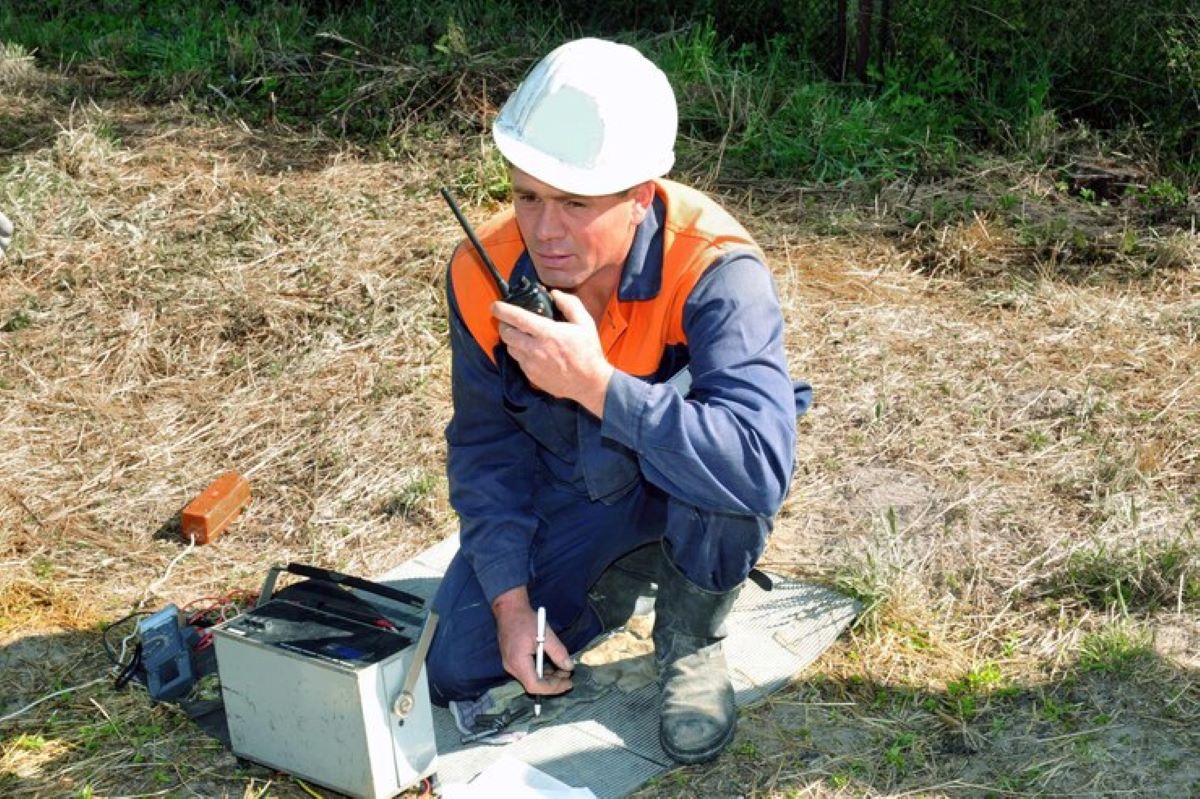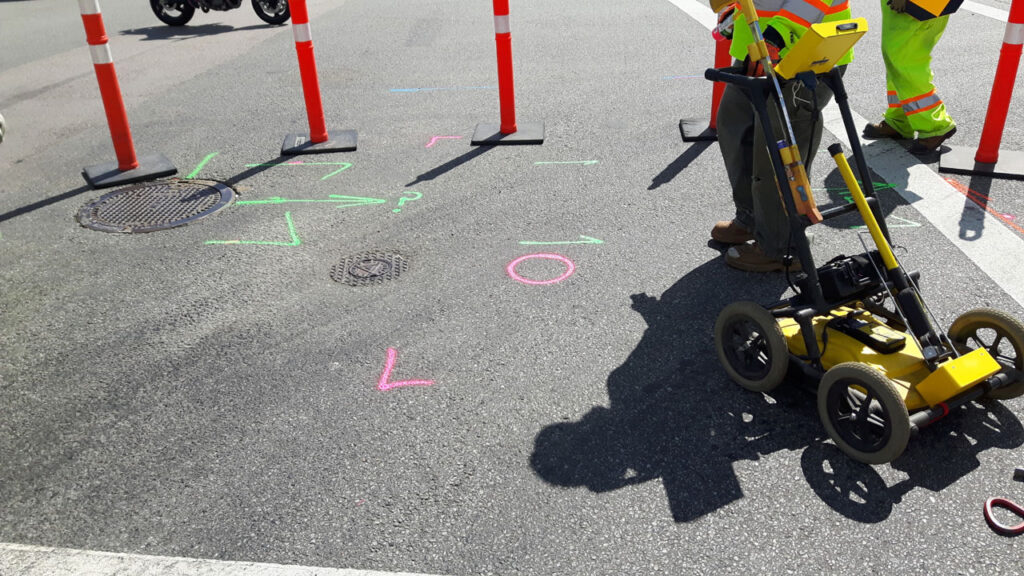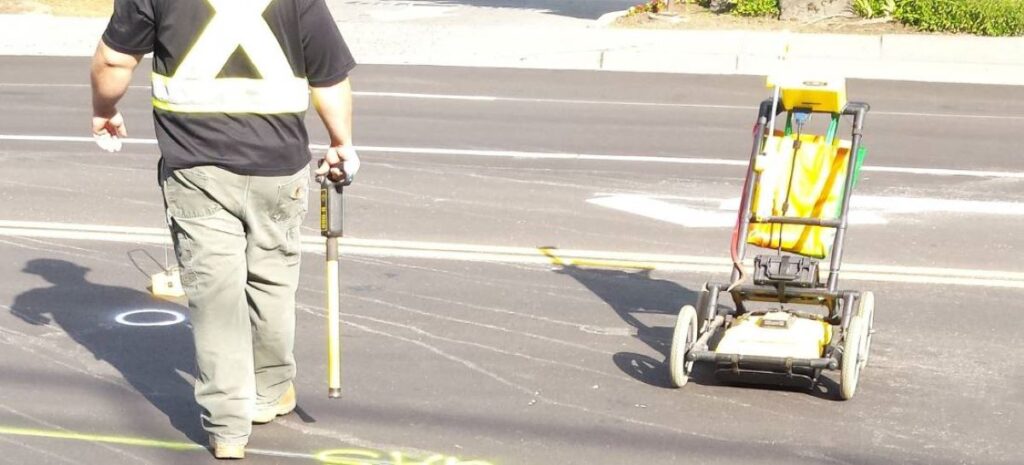Phone:
(701)814-6992
Physical address:
6296 Donnelly Plaza
Ratkeville, Bahamas.

In the realm of construction and infrastructure development, the importance of precise planning and execution cannot be overstated. One critical aspect that often determines the success of a project is the identification and management of underground utilities. Utility locating services have emerged as an indispensable tool in this regard, offering significant time and cost savings. By accurately identifying the location of underground utilities, these services help prevent costly damages, project delays, and safety hazards. Understanding how utility locating services function and their benefits can provide invaluable insights for project managers, contractors, and engineers alike.
One of the primary benefits of utility locating services is their ability to prevent costly damages to underground infrastructure. When construction or excavation projects commence without a clear understanding of what lies beneath the surface, the risk of damaging water pipes, gas lines, electrical cables, and telecommunication wires is significantly heightened. Such damages can lead to expensive repairs, not to mention the potential for legal liabilities. By employing utility locating services, project managers can ensure that all underground utilities are accurately mapped, thereby avoiding unnecessary expenses and complications.
Utility locating services utilise advanced technologies such as ground-penetrating radar and electromagnetic detection to identify the precise location of underground utilities. This technology allows for non-invasive exploration, ensuring that the integrity of the existing infrastructure is maintained while providing accurate data for project planning. The use of these technologies helps in creating detailed maps that guide construction activities, thereby minimising the risk of accidental damage.
Time is a critical factor in any construction project, and delays can lead to increased costs and resource wastage. Utility locating services contribute significantly to enhancing project efficiency by providing accurate data that informs decision-making and planning. With a clear understanding of the underground landscape, project managers can develop more effective strategies, allocate resources more efficiently, and streamline construction processes.
Moreover, utility locating services help avoid unexpected disruptions that can arise from hitting unmarked utilities. Such disruptions can halt construction activities, leading to project delays and increased labour costs. By identifying potential obstacles in advance, utility locating services enable project teams to devise contingency plans, ensuring that the project remains on schedule and within budget.
Safety is a paramount concern in any construction project, and utility locating services play a crucial role in maintaining high safety standards. Excavating without accurate knowledge of underground utilities poses significant risks to workers and the surrounding community. Striking a gas line, for example, can lead to hazardous leaks or explosions, while damaging electrical cables can result in power outages or electrocution hazards.
By accurately mapping underground utilities, utility locating services help mitigate these risks, ensuring that construction activities are conducted safely. This not only protects the workforce but also safeguards the public and the environment from potential harm. Furthermore, maintaining a strong safety record enhances the reputation of construction companies, leading to increased trust and potential future business opportunities.
Ground-penetrating radar is a widely used technology in utility locating services due to its ability to provide detailed images of subsurface structures. GPR works by emitting high-frequency radio waves into the ground and measuring the reflected signals. These signals are then analysed to create a visual representation of the underground environment, allowing for the identification of utilities such as pipes, cables, and conduits.
GPR is particularly effective in detecting non-metallic utilities, such as plastic pipes, which may not be easily identified using other methods. Its non-invasive nature makes it an ideal choice for projects where preserving the integrity of the surface is essential. Additionally, GPR can be used in a variety of soil conditions, making it a versatile tool for utility locating services.
Electromagnetic detection is another key technology employed in utility locating services. This method involves the use of electromagnetic fields to detect metallic utilities, such as metal pipes and cables. By inducing a current in the utility, electromagnetic detectors can pinpoint its location and depth, providing accurate data for project planning.
Electromagnetic detection is particularly useful in urban environments where a high density of underground utilities exists. It allows for the quick and efficient identification of metallic utilities, reducing the time and effort required for manual exploration. This technology is often used in conjunction with GPR to provide a comprehensive understanding of the underground landscape.

The first step in implementing utility locating services is to conduct a preliminary assessment of the project site. This involves gathering existing records and maps of underground utilities, as well as consulting with local utility companies to obtain any additional information. This initial assessment provides a baseline understanding of the underground infrastructure, which can be further refined through on-site exploration.
During the preliminary assessment, project managers should also identify any potential challenges or constraints that may affect the utility locating process. This could include factors such as soil conditions, accessibility, and the presence of existing structures. By addressing these challenges early on, project teams can ensure a smoother and more efficient utility locating process.
Once the preliminary assessment is complete, the next step is to utilise advanced detection technologies to accurately map the underground utilities. This involves deploying ground-penetrating radar and electromagnetic detection equipment to scan the project site. The data collected from these technologies is then analysed to create detailed maps of the underground infrastructure.
It is essential to employ skilled technicians who are experienced in operating detection equipment and interpreting the results. Their expertise ensures that the data collected is accurate and reliable, providing a solid foundation for project planning and execution. Moreover, regular calibration and maintenance of detection equipment are crucial to maintaining its accuracy and performance. Learn more about the Role of Underground Utility Locating in Safe Construction Practices.
After the underground utilities have been accurately mapped, the next step is to integrate this data into the overall project planning process. This involves updating construction plans and designs to account for the location and depth of utilities, as well as identifying any potential conflicts or obstacles that may arise during construction.
By incorporating utility data into project planning, project managers can develop more effective strategies for resource allocation, scheduling, and risk management. This proactive approach helps ensure that the project remains on track and within budget, while also minimising the risk of unexpected disruptions or delays.

Utility locating services are an invaluable asset in the construction and infrastructure development industry, offering significant time and cost savings. By accurately identifying the location of underground utilities, these services help prevent costly damages, enhance project efficiency, and improve safety standards. The use of advanced technologies such as ground-penetrating radar and electromagnetic detection ensures that utility locating services provide reliable and accurate data for project planning and execution.
Implementing utility locating services involves conducting a preliminary assessment, utilising advanced detection technologies, and integrating data into project planning. By following these steps, project managers can ensure a successful and efficient construction process, ultimately saving time and money. As the demand for infrastructure development continues to grow, the importance of utility locating services will only increase, making them an essential component of any construction project.